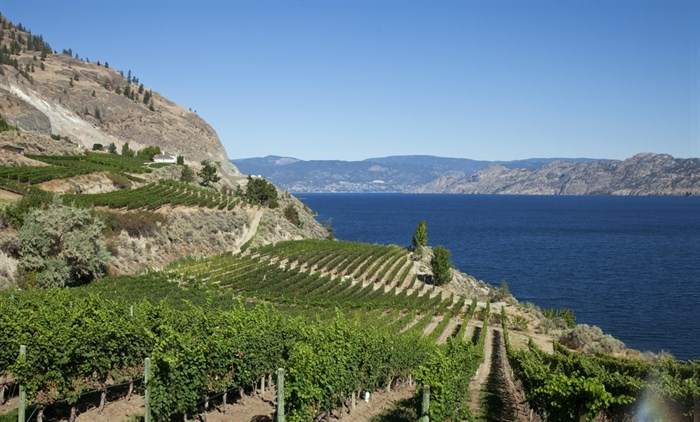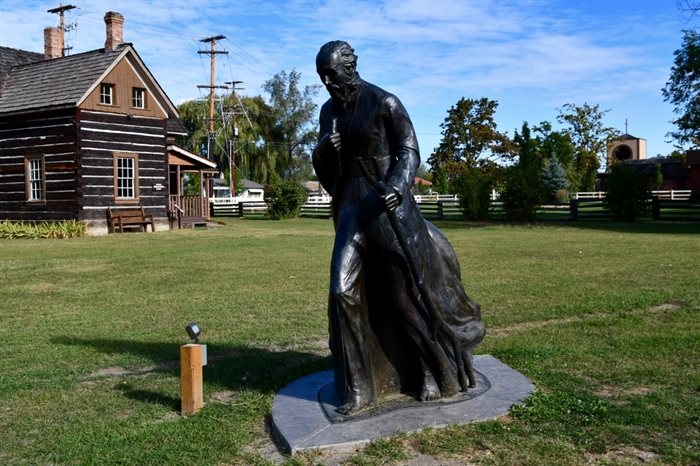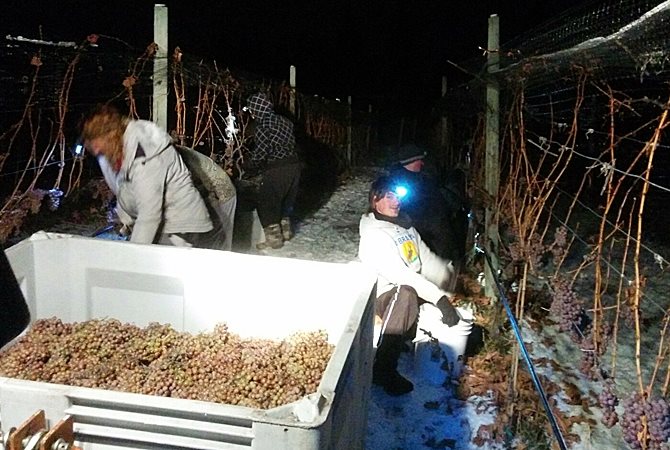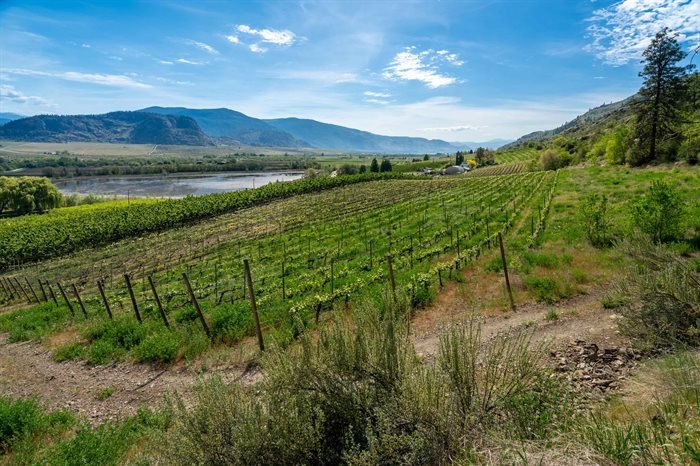How Pandosy's mission inadvertently made the Okanagan a wine capital

Wine is a word synonymous with the Okanagan, yet its origin story remains shrouded in controversy.
Today, the Okanagan is home to 86% of the province's vineyard acreage, including 186 licensed wineries and 9,617 acres of vineyard, according to winebc.com.
The first vine traces its origin all the way back to 1859 when Father Charles Pandosy travelled with a group of his fellow French oblate missionaries to establish a permanent white settlement in the Okanagan Valley.
"The purpose of the Oblate order," Bob Hayes, President of the Okanagan Historical Society, told iNFOnews.ca, "was to go to places like Canada, the United States, any place where there was an indigenous population, and convert them to Catholicism. That was their mission."
"There was no permanent non-indigenous settlement in the valley," said Hayes. "So in October of 1859, he was sent to establish a mission here in the Okanagan. A mission which would baptise, marry, and bury indigenous people who would convert to the Catholic faith."
Pandosy, along with the other missionaries, established the Mission de L’Immaculée Conception in the Mission Creek area.
The missionaries built a chapel, a school and planted the first grape vines in the region for sacramental purposes.
"Pandosy and other Oblate priests spent their time going up and down the valley," said Hayes. "Based here in the central Okanagan, but going down as far as, say, Osoyoos, and going up as far as Kamloops. Their idea being to convert the local people to Roman Catholicism."
Pandosy said in a letter that the Okanagan Valley was “a great valley situated on the bank of the great Lake Okanagan. All who know it praise it. The cultivable land is immense,” according to fatherpandosy.com.
"I think he's quite important in the development of agriculture in general," said Hayes. "You know, because the mission was so remote when it was established here."
Although the Mission was remote, the land and soil in the region were extremely fertile.
The lush soil around Okanagan Lake is a result of the deglaciation period that happened around 10,000 years ago.
As the lake waters receded, the lakebed sediments were exposed, leaving extremely fertile land that was ideal for agriculture and fruit production. The glaciers left behind large sediment deposits of gravel, silt and sand on the bottom and sides of the valley, which became ideal locations for vineyards, according to the Canadian Encyclopaedia.
Pandosy's first introduction of wine to the region was therefore a catalyst for a fruitful industry, reliant upon the fertile Okanagan land. Yet, the wine he produced was, at least in part, used as part of a mission to convert Indigenous people to the Catholic faith.
Pandosy's school, established for both settler and First Nations children, has also since been scrutinized for the documented violence and mistreatment of First Nations children in its care.
READ MORE: If Father Pandosy has a questionable history, should Kelowna be renaming one of its main streets?
However, as settlement continued, wine production increased and its purpose shifted from religious ceremony, to a blossoming industry. Even in colder climates.
Much later, the discovery was made that the cold Okanagan winters produced an ideal environment for icewine.
Although icewine was not invented in Canada, the first batch in the country was made in the Okanagan.
It was originally founded accidentally by German peasant farmers in 1794 after a bitter frost froze their grapes before harvest.
The farmers picked the frozen grapes to make wine, not wanting to lose any precious food supplies. They were pleasantly surprised to find that they had discovered the recipe for a sweet and delicious wine.
In 1970, Peachland farmer, Walter Hainle, made the same discovery and soon began producing the wine each winter.
Since then, Canada has become a major international distributor of the product.
The wine capital of Canada can also be found in the Okanagan.
Oliver is located in the South Okanagan and is home to nearly half of British Columbia's wine and more than 40 wineries, according to winebc.com.
Despite its dark beginnings, wine in the Okanagan has become a local staple that represents an abundant and beautiful region.
To contact a reporter for this story, email Georgina Whitehouse or call 250-864-7494 or email the editor. You can also submit photos, videos or news tips to the newsroom and be entered to win a monthly prize draw.
We welcome your comments and opinions on our stories but play nice. We won't censor or delete comments unless they contain off-topic statements or links, unnecessary vulgarity, false facts, spam or obviously fake profiles. If you have any concerns about what you see in comments, email the editor in the link above. SUBSCRIBE to our awesome newsletter here.





